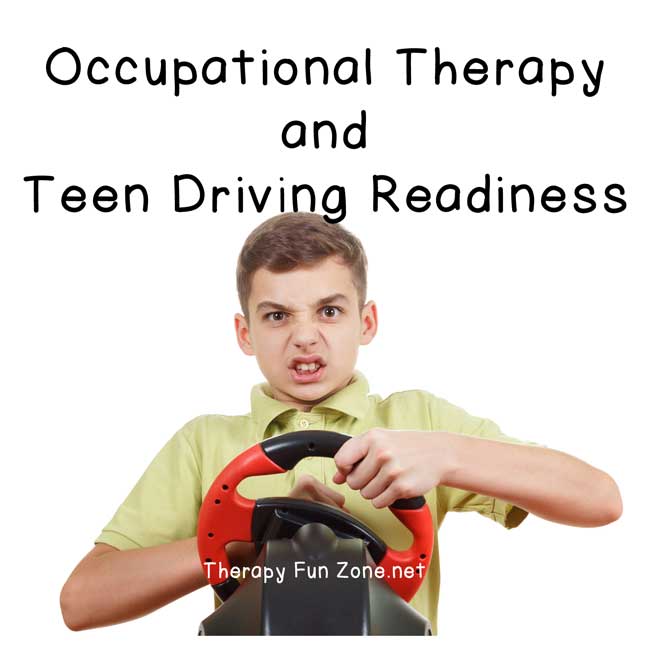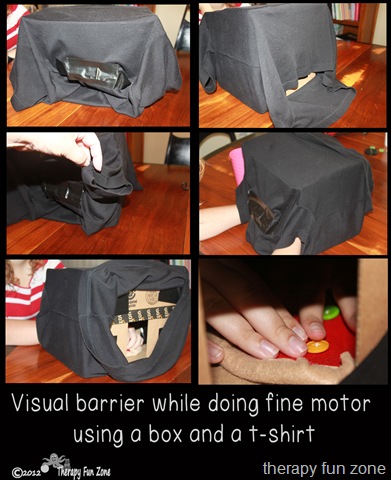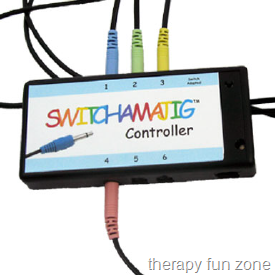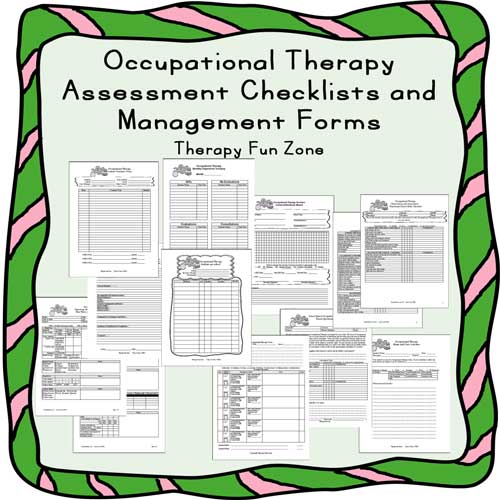The Roll of OT in Driving Readiness with Adolescents most At Risk
This post may contain affiliate links.
The important role of Pediatric Occupational Therapy in “Driving Readiness” with Adolescents Most At Risk
This is a guest post written by Missy Menzes, occupational therapist and founder of Extra Credit! LLC.
For teenagers, driving is a sort of rite of passage. It indicates transitioning into adulthood and offers a sense of freedom at various times throughout life. Driving usually starts out as fun or cool for most kids but quickly adds to their functional independence. Teens drive to extracurricular school events and work, to hang out with friends, or to run quick errands. Driving suddenly becomes something of a necessity for teens which will be difficult if not depressing to ever have to give up.

Like all people, teens want and need to regularly engage in “occupations” outside of the home to thrive best. “In occupational therapy, occupations refer to the everyday activities that people do as individuals, in families and with communities to occupy time and bring meaning and purpose to life”. (www.wfot.org). We drive cars to purchase and obtain goods, to go to appointments or services, and to see and interact with others.
Driving builds “social capital” which essentially means having helpful connections to others. The more readily available a support network is for any person, including teens, the better that individual will function. This is especially important for persons with disabilities, who may or may not be able to drive and have limited access to various support systems in and around their community.
While there are other forms of community mobility such as walking or riding (i.e. a bike, taxi/Uber, bus, train, boat, wheelchair), these methods are typically not as convenient as driving. This is especially true in rural areas. Furthermore, mobility options such as motorcycles, scooters, hover boards or skateboards (which are much cooler) still bring limitations when compared to driving one’s own car.
Driving, however, is one of the most complex occupations teens can ever hope to perform. It requires effective integration of a multitude of brain & body functions and abilities. To drive well, one must have adequate motor skills, efficient sensory processing, good cognitive-perceptual performance, and safe adaptive reasoning skills all working together. While most teenagers will be able to drive, not every teen can or should drive.
Since teenagers are overconfident and inexperienced when it comes to driving, it is up to us to make sure our children are really going to be safe drivers (in general and in specific situations). As parents and professionals we have a responsibility to listen to our gut when something feels off, weird, or wrong. The inner voice is a powerful tool that we need to use when contemplating what concerns we might be having about our potential student drivers.
Sometimes limitations to driving safety are due to individual concerns. An adolescent may have cognitive, behavioral, or physical impairments. These are usually pretty obvious because we’ve been dealing with them
in various ways throughout the child’s life. It’s crucial that we realize early on that such limitations may prevent driving entirely, limit future driving potential, or increase driving risks in certain situations.
For example, a teen with a visual deficit, brain injury, cognitive impairment, seizure disorder, or juvenile diabetes may have a medical condition preventing him/her from being cleared to drive by the supporting physician. Another teenager may be taking a medication with known side effects which could impair driving safety. In many cases, medication side effects can limit driving potential until an alternative solution can be found. Teens with Learning Disabilities, on the other hand, may have difficulties passing the permit test to begin Driver’s Ed.
Other conditions can bring with teens additional challenges. Take a new student driver with Anxiety for example. This child may be overly stressed and emotionally reactive with a parent facilitator or not know what to do in the event of an unexpected situation. Teens with High Functioning Autism may fail an on-the-road driving exam under pressure with an unfamiliar person in the car and not want to try again. Whereas, adolescents with sensory processing or attention issues might not be focusing on “most critical” information and miss a turn or respond impulsively resulting in an accident with another car.
At times, environmental factors pose driving concerns. Country and city driving skills are extremely different. Adolescents in rural areas may not be prepared to drive in city situations due to lack of experience and vice versa. Automobiles are also quite diverse. Kids who will inherit an older car may not have helpful safety enhancements in place such as a parallel parking assister or a camera to aide backing up. On the other hand, newer cars with GPS systems and Bluetooth phone features offer many appealing distractions. Some teens will be unable to drive a variety of vehicles due to coordination deficits or difficulties with generalizing skills.
Additional “person-place” factors we must consider are whether teens may perform better or worse behind a wheel depending on where they are and who they are with. Some teens will do better driving in low-traffic situations on streets rather than highways and in the daytime. Other students will perform best with a particular parent or non-parent instructor. It’s important that we recognize situations in which a child will or will not drive safest and plan accordingly for everyone’s best safety.
Driving is the most dangerous things teens can do. Presently, motor vehicle accidents are the number one killer in adolescents. All pediatric therapists should consider if adolescent clients they are working with will be safe driver’s on the road. It is probably one of the most important ways as OT’s we can affect actual “lives”.
Drive Safe,
Ms. Missy, OTR
For more tips and ways to improve “driving readiness” visit Drive It Home.org, take an accredited course from AOTA or ADED on driving rehabilitation, or contact [email protected] for training. Therapist’s who may be interested in using the Extra Credit! LLC Driving Readiness Helper Program © for additional “driving readiness” ideas can contact us through www.extracreditaustin.com.
Missy Menzes, occupational therapist and founder of Extra Credit! LLC, is dedicated to helping school-aged kids and families dealing with “invisible differences”. As program director of “Driving Readiness for Teens (DRT),” member of the Teen Safe Driving Coalition, and guest blogger for the Drive it Home™ project, Missy is excited to be able to add a unique and valuable perspective to other pediatric therapists and caregivers of potential drivers. Mrs. Menzes, who is pursuing specialty certification in driving and driving rehabilitation, feels that there are numerous ways a pediatric therapist can support teens and families when it comes to “driving readinesss” potential.






